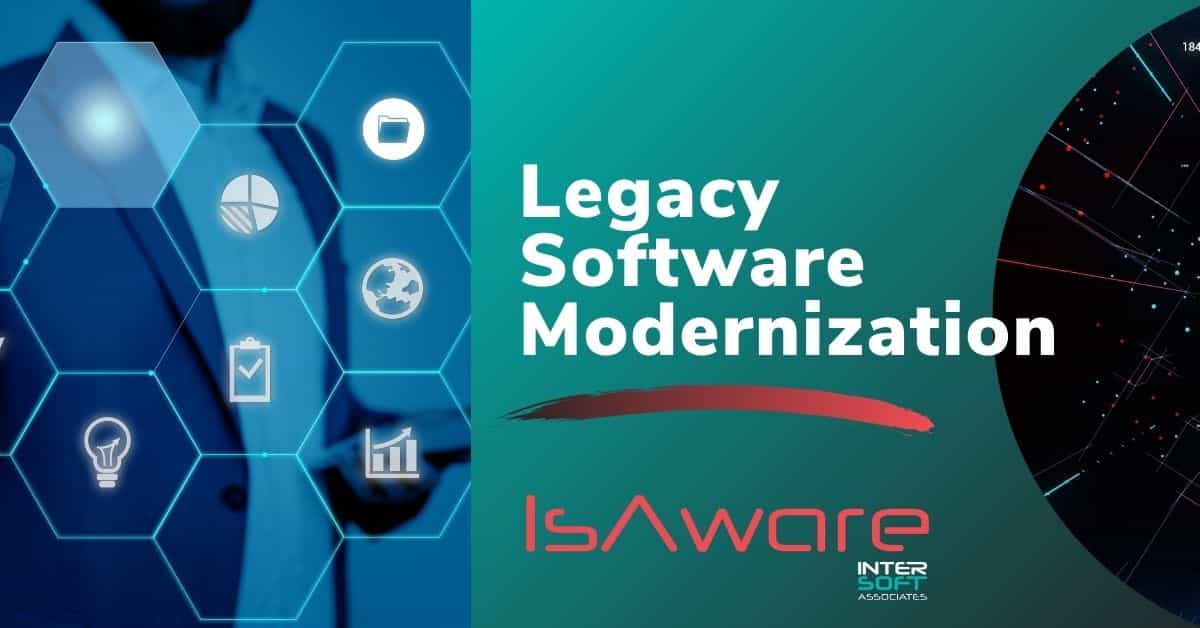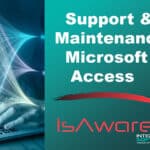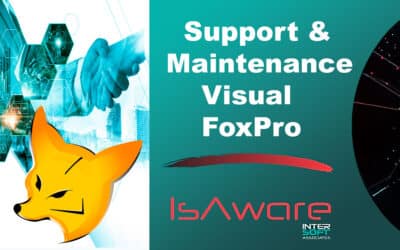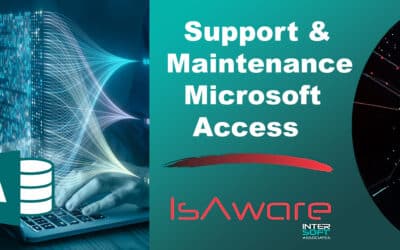Just as the name implies, Legacy Software is software or a software system that has been around for many years, making it an outdated hardware and software combination unable to keep up with modern technological advancements. That’s where modernization comes into play.
Those still employing Legacy Systems may find themselves vulnerable to cyber attacks and hacks alongside the inability to accommodate newer applications and services. Legacy System Modernization is something that should be implemented to combat the software’s age and incapabilities so that it can withstand the changing times and keep businesses running smoothly.
However, there’s more to Legacy System Modernization than meets the eye. For example, what exactly does the term modernization mean, how do you go about implementing Legacy Software Modernization, and how will you benefit?
What Does Legacy System Modernization Mean?
Ultimately, Legacy System Modernization means upgrading a dated, or Legacy system to current technological advancements, making it equipped to handle data during modern times so that it works better, faster, and more efficiently while also bolstering security.
A Legacy System that operates with a dated Windows, Java, or Internet Explorer program won’t receive necessary updates, especially concerning security. Because these systems operate on dated information, they may operate slowly, cannot access new programs, and open themselves to potential cybercrime risks.
For example, in the recent year, because of COVID-19’s impact on job loss, many states’ unemployment systems crashed due to the influx of participants accessing them and the Legacy Software they relied on.
As a result, millions of unemployed individuals were unable to sign-up for unemployment. If the states modernized their Legacy Systems, the platforms would have likely easily handled the massive participant influx.
Any modernization method should include a full evaluation of existing Legacy Systems and what needs to change to make it up to modern technology standards. Additionally, modernization should include an audit of how older applications may no longer meet the needs of the organization.
How Do You Know When You Need to Upgrade?
There are many different ways to assess your need for Legacy Software Modernization. The initial steps you should take when considering modernization are to look at your existing software platform and consider your business or company.
Evaluating Existing Software
It would be best if you completed a full assessment of your existing software and ask yourself the following questions:
- Is the software still supported?
- Is the software responsive?
- Does the Legacy Software interface with other technology that the enterprise uses?
If, after your evaluation, you answered no to any of these questions, you probably need to modernize your legacy applications because your system cannot function at advanced levels.
Evaluating Your Business
If you need further details into whether or not modernization is an investment you need to make, you should ask yourself the following questions about your business or company:
- What are your business goals?
- How have your business processes changed?
- How have your business goals evolved?
- Does your business have complex needs?
While these questions allow for more open-ended thinking, they still yield similar results to the software questions. If your business has evolved, plans to implement changes for growth, and requires more complex solutions and capabilities, you will need modernized software to accommodate.
Approaches to Legacy Software Modernization
Modernization encompasses a range of methods depending on you and your business goals. These methods include the following:
- Upgrade existing technology.
- Add new software that is equipped to handle your business goals and evolution.
- Rewrite existing code.
- Move your business from one platform to the proper platform.
- Implement a development platform that creates a different environment for your data, such as a Cloud infrastructure or browser.
- Employ machine learning–an artificial intelligence application–that automatically keeps the software up-to-date with changes to enhance the user experience.
- Encapsulation (bundling data and keeping it stored elsewhere), such as with a cloud based system.
No matter which way your Legacy System gets modernized, the ideal upgrade should include some semblance of reimagination. Reimagining, concerning modernization, should encompass capturing data and re-working it to form patterns and organizations to benefit you and your business.
Our Approach to Legacy Application Modernization
We take an initial analytical and holistic approach to determine the best proceedings before recommending a software platform digital transformation. We consider the modernization cost and risk before eventually evaluating other benefits. Ultimately, our attack plan involves transforming your existing software into a platform equipped to work within the proper platform and environment for you.
For all of our modernization processes, we focus on three essential steps to formulate an upgrade plan:
- Get a thorough understanding of the business goals and current processes.
- Investigate all touchpoints within your organization that can help to maximize the benefits of software modernization at little additional cost – yielding tremendous benefits to your top and bottom lines.
- Recognize what aspects need modernization.
- Plan the modernization implementation.
Our initial steps are essential to reach step four. We need to understand your entire business. Plus, we need to know what aspects of your existing system need revamping before developing an appropriate modernization plan.
For example, if your business goal is to accommodate a large consumer-base, we can formulate a specific method to accommodate and exceed customer expectations.
Client Example: Maidenbaum Property Tax Reduction Group
In Maidenbaum Property Tax Reduction Group’s case, the company worked with dated software, making them rank lower within the industry’s busy marketplace.
The company needed to change its processes to keep up with the changing market and ultimately grow. More specifically, Maidenbaum Property Tax Reduction Group wanted to develop and implement its software.
We first met with Maidenbaum Property Tax Reduction Group to evaluate their existing software and understand their business critical platform before outlining the necessary strategy to bolster growth. To determine the best software needed, we had to determine which software would yield results and sustain a strong foundation for the company in the long run.
To benefit Maidenbaum Property Tax Reduction Group the most, we developed a high-quality marketing module complete with custom software to account for all of the company’s unique needs. From there, we said goodbye to their legacy system and hello to new, upgraded software.
Since the Legacy System Modernization, Maidenbaum Property Tax Reduction Group has risen to number one within their industry, serving more than 65,000 clients and increasing their performance byalmos 10X.
Benefits of Legacy Software Modernization
Legacy System Modernization yields many benefits, mostly because without an upgrade, the software becomes obsolete and incapable of handling modern applications and software security updates. Therefore, modernizing your legacy technology will result in significant security risk, error risk, low-speed, and cost reductions.
For example, in 2015, the National Background Information Bureau suffered a massive hack because of its legacy technology. The critical systems’ out-of-date software left the company vulnerable to cyber-attacks and errors, allowing a hack to occur. The leak led to Legacy Software Modernization so that the software could withstand any potential risks from that point forward.
Since modernization does not need to rewrite fundamental logic or algorithms in place, the upgrade yields a decrease in Quality Assurance costs. Similarly, since modernization can update existing code rather than rewrite it, you will see a reduction in cost concerning developmental needs.
Modernization strategies concerning code may involve code refactoring. This method allows developers to decompile existing code and compile it into a binary format. Binary code optimizes the system and makes it run faster. In other words, the system will run faster, whereas a system that isn’t modernized will run at a sluggish pace.
Final Thoughts
There are no benefits to running on a dated Legacy System. Investing in Legacy System Modernization will allow your business to flourish just as it did for the Maidenbaum Property Tax Reduction Group. Modernization will equip your system with the necessary software and updates to handle current IE and browsers while simultaneously reducing risks and costs.
Since technology drastically changes every year, now is the time to optimize your system and bolster your business.






